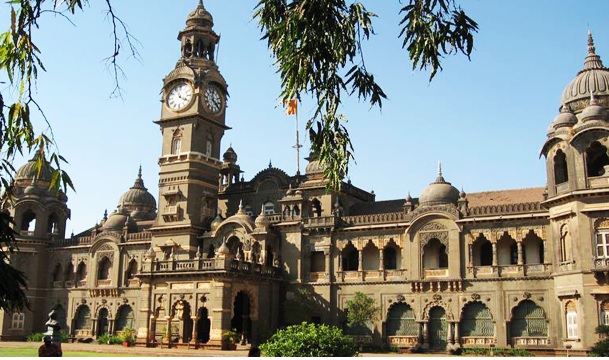
Q1) What is Grand Strategy, National Security Strategy and Military Strategy? Relate your answer to the Indian context.
Answer:
GET INSTANT HELP FROM EXPERTS!
- Looking for any kind of help on your academic work (essay, assignment, project)?
- Want us to review, proofread or tidy up your work?
- Want a helping hand so that you can focus on the more important tasks?
Hire us as project guide/assistant. Contact us for more information
Grand Strategy
Grand strategy involves thinking about the future goals and create plans on how it can be fulfilled. For a country, it means identifying and assessing national objectives, and then determining which instruments of national power are necessary to achieve the objectives and how those instruments are to be used.
Grand strategy includes both development and use of all the instruments of national power (e.g., economic, political, military) and the coordination of these instruments in pursuit of an objective. It requires a flexibility to adapt as political, economic, and military conditions change over time. Above all, grand strategy must be rooted in the realisation that it is the political will that must drive the economic, social, and military towards the ultimate ends.
Post Independence, India had a grand strategy of non-alignment, which means strategic autonomy. Since 1991, India’s grand strategy has revolved around economic growth.
National Security Strategy
The National Security Strategy (NSS) is a document prepared periodically by the executive branch of the Government of India which outlines the major national security concerns of the India and how the administration plans to deal with them. It is a key framework for a country to meet the basic needs and security concerns of citizens, and address external and internal threats to the country.
In India, terrorism is a big security issue. While, killing terrorists is an integral part of military operations to ensure that the state does not descend into chaos. However, this is not the primary measure of success or conflict resolution. Serious efforts are required for countering radicalisation of the youngsters. There is a need to initiate structured programmes that bring together civil society members, family groups, educationists, religious teachers and even surrendered terrorists in an effort to roll back radicalisation.
Military strategy
Military strategy is the art and science of coordinating the development, deployment, and employment of military forces to achieve national security objectives. Military strategy sets in motion the actions required to develop a military force structure (i.e., planning; procuring weapon systems and materiel; and recruiting, training, and sustaining personnel) and then deploys that force structure.
China has rapidly improved the infrastructure in the border regions in Tibet and has also undertaken an impressive military modernisation programme. These developments have forced the Indian security establishment to shed its earlier ‘defensive’ military posture of ‘deterrence by denial’ to a more ‘offensive’ posture of ‘deterrence by punishment’. According to the new strategy, India will not just confine itself to denying Chinese forces territorial gains but will actively impose costs on the adversary and may even open additional fronts if required. The earlier defensive posture is no longer sustainable with China possessing the capability to launch an assault without any warning leading to depletion of Indian resources in quick time.
StudyMumbai.com is an educational resource for students, parents, and teachers, with special focus on Mumbai. Our staff includes educators with several years of experience. Our mission is to simplify learning and to provide free education. Read more about us.

Leave a Reply
You must be logged in to post a comment.